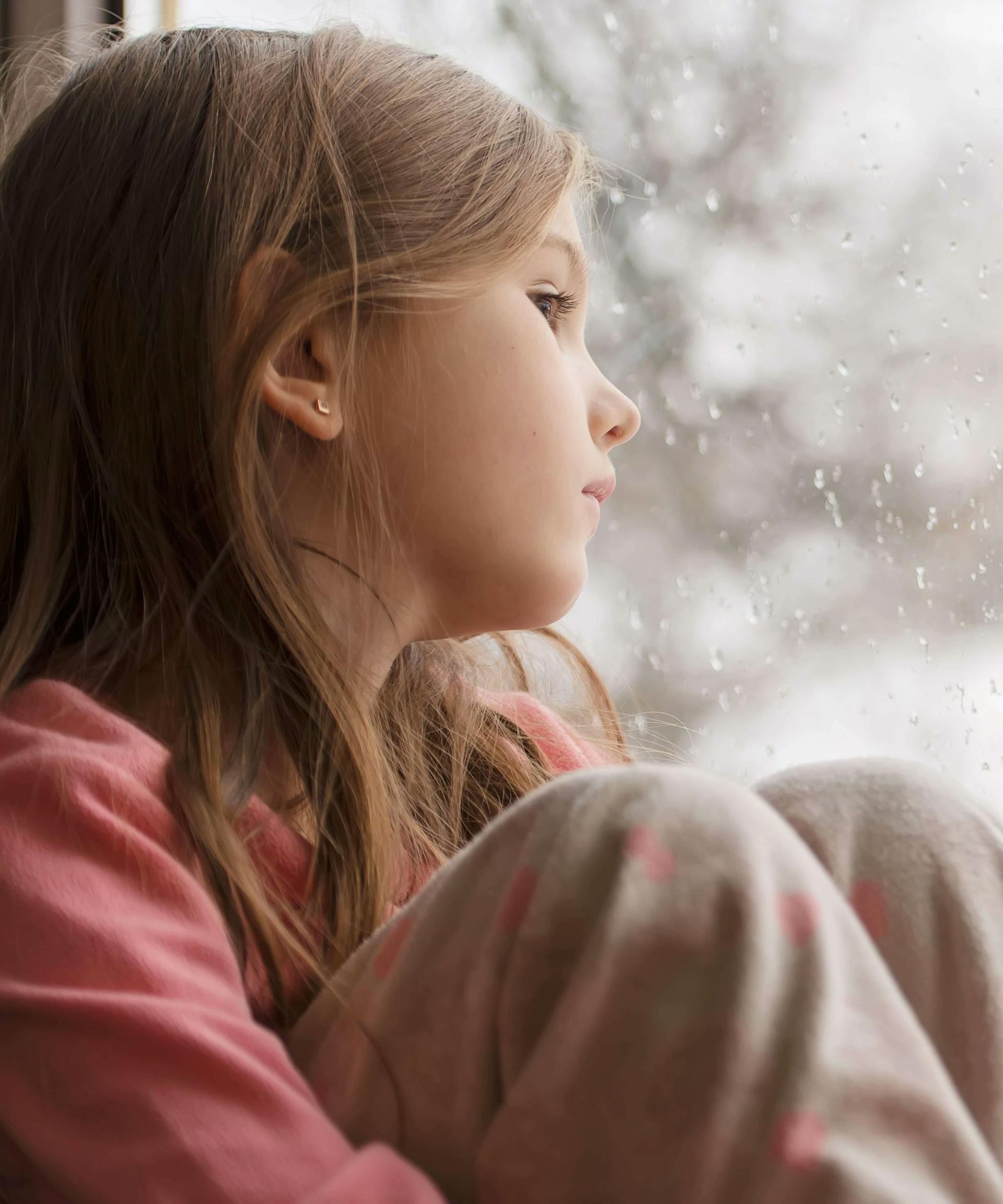New York Covid-19 Restrictions Prevent Parents From Seeing Their Disabled Children For Months
The Overbys want nothing more than to see their disabled child whom they’ve been prevented from seeing due to strict COVID restrictions. Supposedly aimed at promoting health, have these lockdowns really been for the greater good?

Tony Overby’s daughter Tonyka resides permanently at Elizabeth Seton Children’s Center, a pediatric nursing home in Yonkers, New York. Now 20, Tonyka has lived there since she lost her eyesight, limb movement, and some of her brain development from a severe asthma attack at 12 years old. She can still hear his voice, and noticeably smiles and relaxes when in her father’s presence.
Officials from the center have been pleading with the state to loosen restrictions on visitors. The center’s chief executive officer lamented the situation, saying, “I can’t tell you how many parents I’ve seen sobbing outside the fence.”
“I can’t tell you how many parents I’ve seen sobbing outside the fence.”
Mr. Overby said, “It’s so frustrating, you want to touch your daughter. You want her to feel your love.”
The center is required to follow the same guidelines as nursing homes that serve the elderly, despite the fact that the center has been pleading to be treated as a hospital, which would enable parents to see their children. Despite not a single person from the not-for-profit center testing positive for COVID and over $200,000 a month spent on weekly COVID tests for employees, family members are still not allowed in to see their children.
Because the center has an on-site school, some loopholes have allowed a few families to see their children for brief school-related meetings, but most have not had this privilege. The center has seen many of their patients regress or develop alarming behaviors in the absence of their parents, and they worry that “some children might think they’ve been abandoned since the lockdown.”
No one from the center has tested positive for COVID, but parents are still not allowed to see their children.
Stephanie Gabaud, a 22-year-old patient with Spina Bifida, stated that being unable to “kiss or hug my mom or dad has been really hard.” Despite these heartbreaking stories, petitions and requests to the governor are only resulting in a never-ending “review [of] plans to expand visitation in these facilities,” despite no actual changes being made in the foreseeable future.
Are Lives Being Saved or Destroyed?
These restrictions are all in the name of protection, in the name of maintaining the wellbeing of individuals. It seems odd that these restrictions, coming out of New York which holds a record of more than 32,000 COVID deaths (over twice as many as the next leading state, California) continue to be implemented while the numbers show they aren’t doing much to mitigate the actual death count.
In fact, a great deal of the deaths in New York came from nursing homes, which, under a directive issued on March 25, were told to house patients who had tested positive for COVID in nursing homes. Most articles now will tell you that Governor Andrew Cuomo’s directive was reversed and didn’t have much effect, but the reality is it wasn’t reversed until May 10, long after the damage against the most vulnerable had already been done.
Gov. Cuomo ordered nursing homes to house COVID-positive patients, causing many deaths.
The deaths in New York nursing homes (which could honestly be much higher than currently reported) is relevant to the children at Elizabeth Seton Children’s Center because it would appear that the local and state governments in New York are not concerned with policies and procedures that are truly in the best interest of individuals, be that physical, mental, or emotional. Rather, the policies seem to serve only a political appearance, rather than the actual needs of those most at risk.
Closing Thoughts
If facilities like Elizabeth Seton Children’s Center seem to be doing a much better job at preventing the spread of COVID than the policies of the state, when does the government owe its citizens at least an explanation, if not a serious change in their procedures?